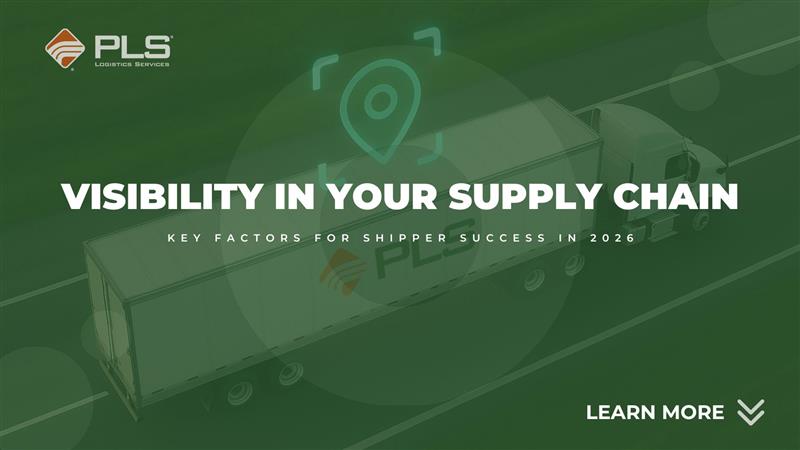Many logistics providers, shippers, and carriers still operate in isolated systems or platforms that don’t communicate effectively with each other. This creates silos of data, making it difficult to have a unified view of shipments, inventory, and transportation across the entire supply chain.
Naturally, this leads to a lack of integration, which delays information sharing, creates discrepancies in data, and inefficiencies in decision-making. It can also cause bottlenecks in identifying issues with shipments or inventory before they become major problems.
Many technologies, no consistency:
In addition to consolidated systems, the logistics industry also uses a wide range of technologies, from barcode scanning and RFID to GPS and IoT sensors. However, there is no universal standard for data formats, protocols, or platforms. This inconsistency makes it harder to consolidate and interpret data across different stakeholders.
And the lack of consistent standards leads to inefficiencies in data sharing, slower response times, and greater risk of errors in information. Companies may also need to invest in multiple, disparate systems to bridge the gaps between different technologies.
Inefficient analytics and Data Overload:
As more data is collected through sensors, IoT devices, GPS, and software platforms, logistics companies face the challenge of managing and analyzing this information. Often, the data generated is too vast and complex for traditional methods of analysis.
With an overabundance of data, companies may struggle to extract meaningful insights, leading to poor decision-making. The consequences are clear:
- Difficulty identifying trends
- Inability to anticipate problems
- Lack of optimization for supply chain operations without the right data analytics tools.
Addressing these challenges requires investments in technology, better integration between stakeholders, and a commitment to continuous improvement in data management practices.
How PLS comes into play:
PLS has developed the tools necessary to tackle all visibility issues throughout the supply chain operations. These include:
- AI assisted data analysis
- Tracking automation
- KPI dashboards for on-time performance, cost per mile, lane analysis, trend reporting
All these tools and more assist shippers to keep up with all their logistics operations from start to finish.
A quick study:
A major metals producer was looking at how to better predict transit and arrival times of their product into a manufacturing plant.
Through PLS, they were able to use automated tracking notifications combined with AI oversight to provide the data needed to ensure that production lines were never paused at the manufacturer. In addition, incoming deliveries of key raw materials were prioritized to the front of the receiving line just-in-time ahead of arrival at the manufacturing plant.
Load data analytics helped provide the shipper with cost metrics per pound, mile, and lane, allowing them to determine the optimal sourcing locations and capacity that can be shipped per truck, further reducing costs and maximizing utilization of their transportation spend.
These processes resulted in an increase of revenue three times, and an increase in loads (from Dry Van to Flatbed) by four times since 2022, across the south and east of the US, with the focus on Texas, South Carolina and Alabama.
Such is the importance of good visibility in logistics and the correct tools for a smooth shipping process.
Get started with PLS:
Getting on top of these challenges is a must for any shipper that is looking to manage a whole world of data and keep track of every part of the operation.
Download our infographic below for more data.
Schedule a call with one of our experts to discuss how a complete platform can unlock a full view of your logistics processes.

